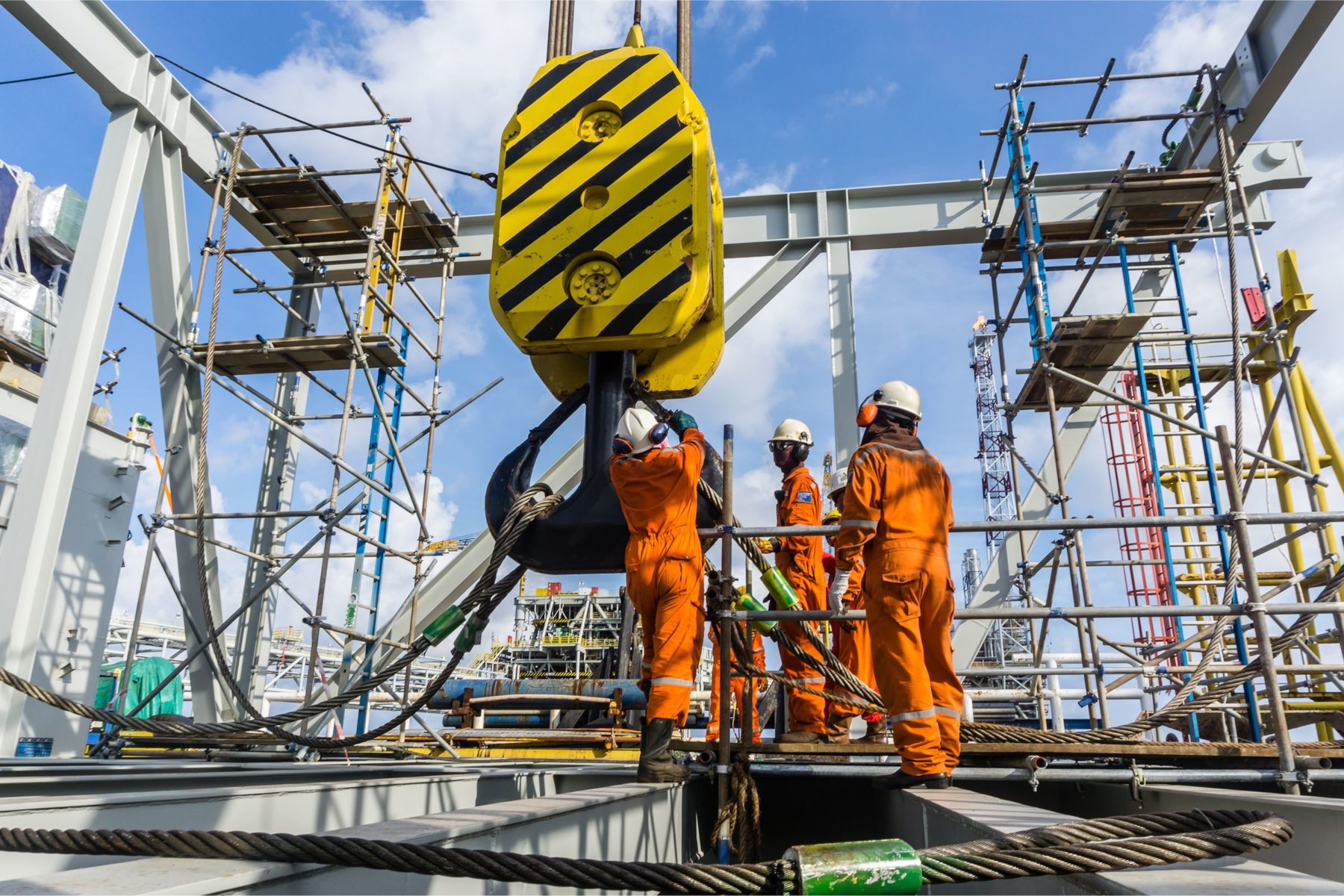
Essential Concrete Safety Tips: Protecting Workers on the Job Site Working with concrete is a fundamental aspect of the construction...
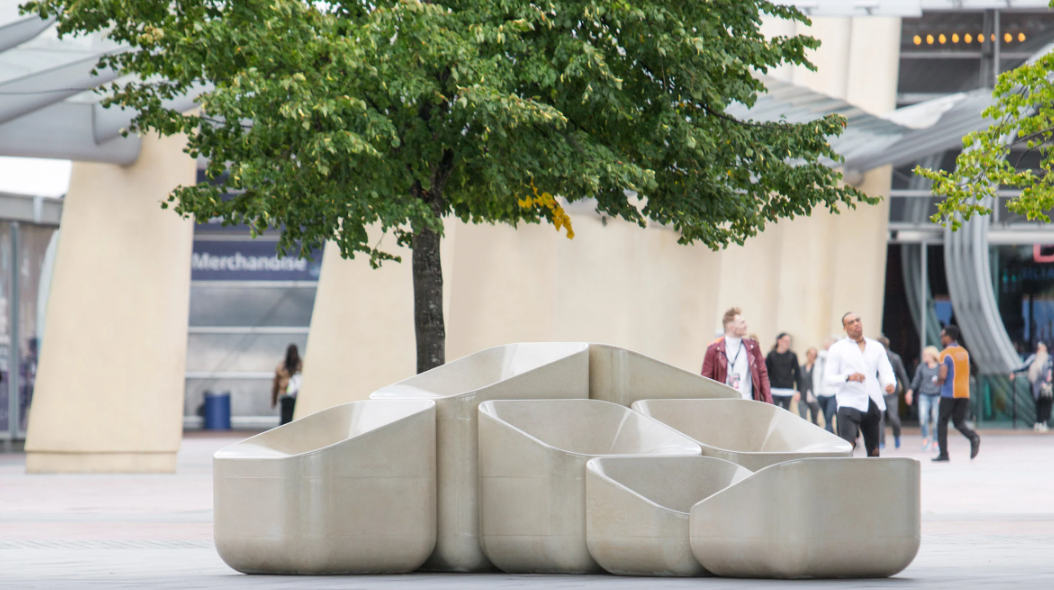
Urban furniture plays a crucial role in shaping and enhancing the functionality of public spaces in urban environments. In this article, we will explore how concrete urban furniture design offers a modern and durable approach to improving the aesthetics and utility of urban areas.
Concrete is a versatile material that lends itself to a wide range of applications in urban design. From benches and tables to planters and sculptures, concrete can be adapted to a variety of shapes and styles to meet the specific needs of each urban space.
Concrete urban furniture is known for its durability and resistance to weather conditions and daily wear and tear. Unlike other materials such as wood or metal, concrete is less susceptible to corrosion, rot, and vandalism, making it an ideal choice for public spaces.
Concrete offers a modern and contemporary look that blends well with urban aesthetics. Its minimalist appearance and ability to adapt to custom designs allow for the creation of furniture pieces that complement and enhance the urban environment.
In addition to its aesthetic appeal, concrete urban furniture can be designed to offer optimal functionality in public spaces. Ergonomic benches, smooth-surfaced tables, and planters with drainage systems are just some of the available options to enhance the user experience.
Concrete is a sustainable and environmentally friendly material, especially when used with recycled aggregates and more efficient production techniques. By choosing concrete urban furniture, cities can reduce their carbon footprint and promote more sustainable design practices.
One of the advantages of concrete in urban furniture design is its ability to adapt to different contexts and needs. From small squares to large urban parks, concrete can be customized to meet the specific requirements of each space and community.
Although concrete is durable, it still requires regular maintenance to preserve its appearance and functionality. Periodic sealing and cleaning are essential to protect urban furniture from the effects of weather and intensive use, ensuring its longevity and good condition over time.
Conclusion: Concrete urban furniture design offers a unique combination of durability, functionality, and modern aesthetics that make it an ideal choice for enhancing public spaces in urban environments. With its versatility, resistance, and sustainability, concrete urban furniture is helping shape more attractive, functional, and sustainable cities worldwide.

Essential Concrete Safety Tips: Protecting Workers on the Job Site Working with concrete is a fundamental aspect of the construction...
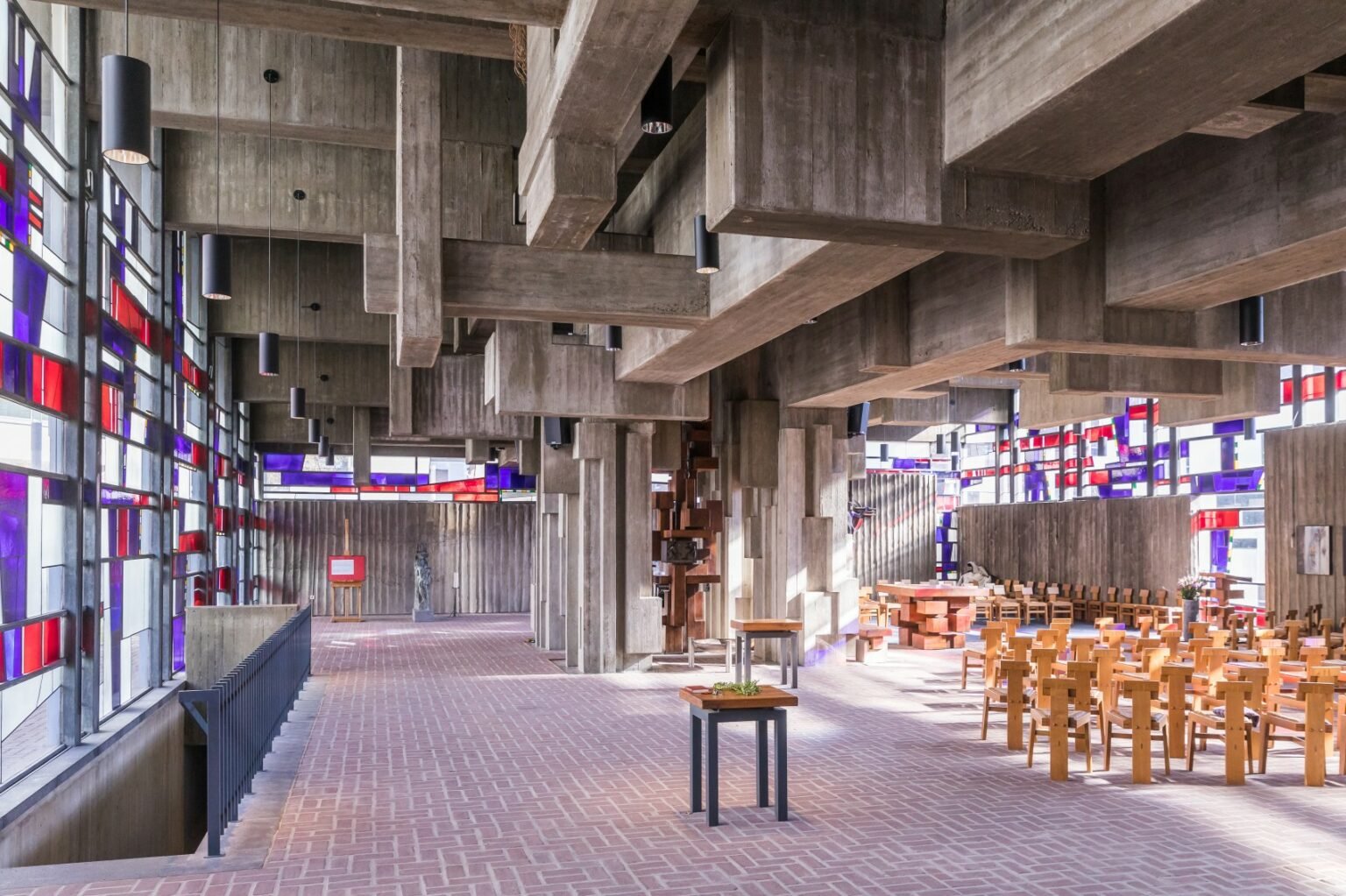
Decorative Concrete: Trends in Modern Finishes for 2025 Concrete is no longer just a construction material — it’s become a...
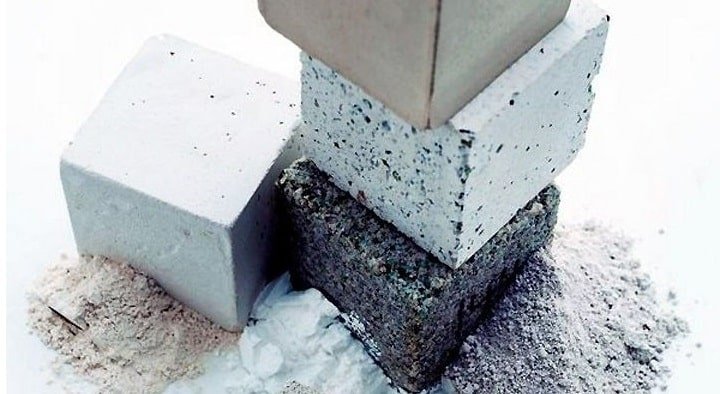
Sustainable Concrete Innovations in 2025: The Future of Eco-Friendly Construction In 2025, the construction industry continues its transformation towards sustainability,...

The Science Behind Concrete Cracking: Causes and Solutions Cracks in concrete are one of the most common issues in construction,...

Top 10 Concrete Myths Debunked: What Every Contractor Should Know Concrete is one of the most widely used construction materials,...
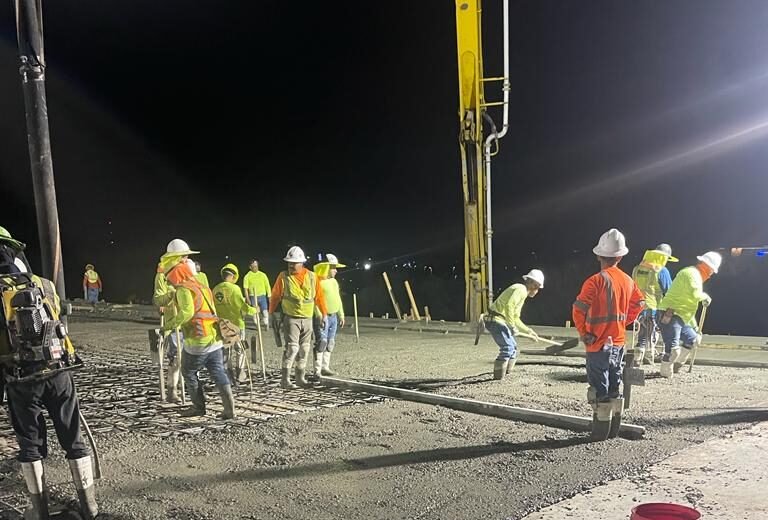
How to Plan Concrete Pouring in Large Construction Projects Pouring concrete in large-scale construction projects requires meticulous planning, logistical coordination,...
© 2023 Created with RGA Concrete Contractors LLC
This website uses cookies to provide you with the best browsing experience.